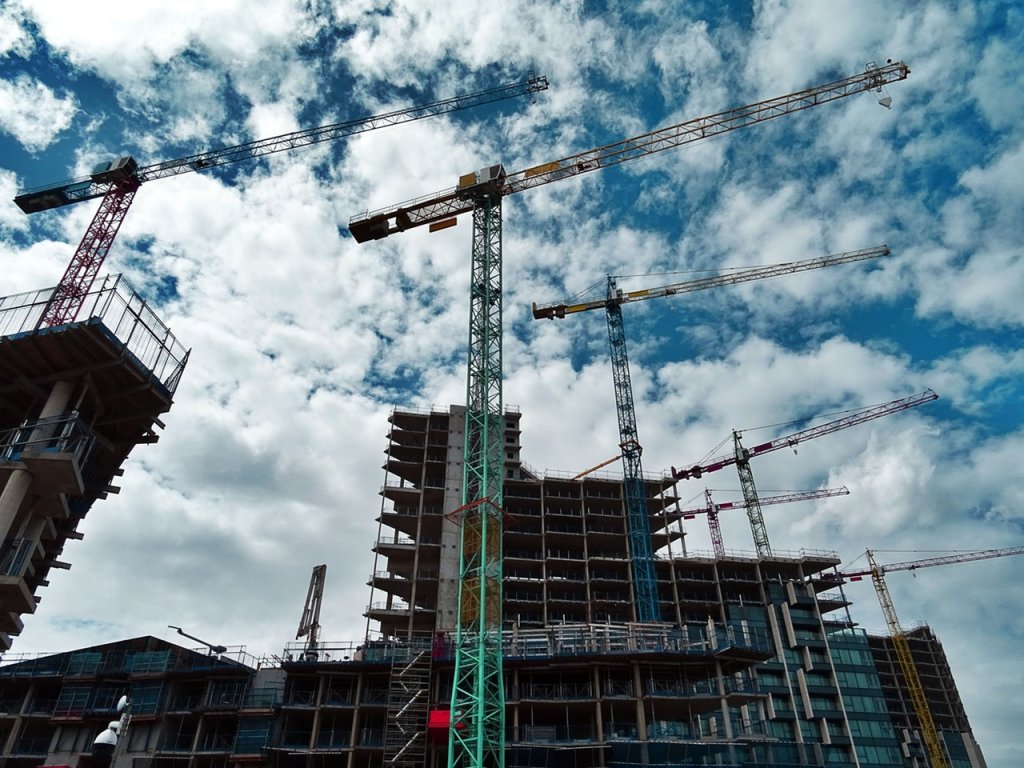In the construction industry, the new steel tariff has been a major concern. On March 8, President Trump signed an order that increased tariffs on steel by 25 percent and aluminum by 10 percent. Since the United States is the largest importer of steel in the world, this particular regulation has a tremendous potential impact on the construction industry. In those applications where plastic is an acceptable alternative to metals, it has become a much more appealing choice in the quest to save money.
The Impact of the Tariff on the Construction Industry
In 2017, the United States imported around 35 metric tons of steel. This is the highest volume of steel imported in the world, and it accounted for 33 percent of the steel used here in the United States. Raw steel is necessary to create construction components like structural concrete, steel framing, metal framing and supports. Every single one of these will be hurt by the tariff, but the industry expects structural steel used for steel framed buildings to see the largest impact. The new tariff will increase the cost of raw steel by $175-$200 per ton. Since a 500,000 square foot steel building uses 7,500 tons of steel, this increase is substantial.
The president's goal in the tariff was to force local steel manufacturers to increase their capacity and production to make the steel industry in the United States viable for the long term. Analysts expect domestic steel producers to increase production in order to counter the tariff’s impact. While US-based steel manufacturers should have the capacity to handle the demand in the short term, increased demand will place a strain on the current infrastructure. It will also require steel manufacturers to hire new people and restart plans that have been sitting idle. This increased overhead will cause locally-produced steel to increase in price. The short-term impact of the tariff, no matter where the steel comes from, will be an increase in raw steel prices.
Architectural Plastics Providing an Alternative
The rising steel prices caused by the tariff has caused construction firms to start looking at alternatives. Architectural plastics are becoming increasingly popular in those applications where they are an acceptable option. Because the tariff does not affect plastic, construction companies are choosing plastic when possible to help balance the impact of the new tariff. Increased strength and durability that has come with the advances in plastic technology has made plastic a viable option for structural components in many aspects of modern construction. Piedmont Plastics will continue to source stronger, more versatile plastic products to help meet this new interest and demand.
